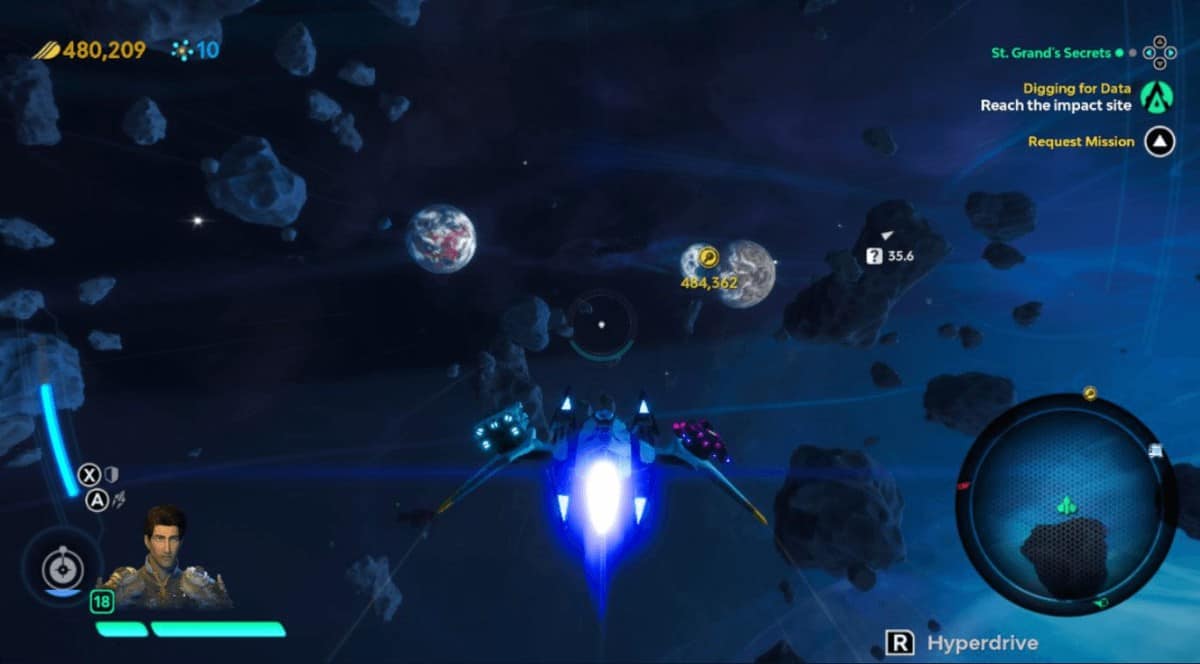Starlink: Battle for Atlas is a sci-fi action-adventure title, following a group of explorers on their journey through the Atlas galaxy. The game is available on Playstation 4, Xbox One and Nintendo Switch. For the purposes of this review of the game, we played the Nintendo Switch version of it, so that we can get a glimpse of its exclusive title, Starfox. The game comes with its ups and downs but manages to stay tall to the expectations as it runs perfectly on the console and it’s a perfect fit for it too. Here’s our Starlink: Battle for Atlas Review on Nintendo Switch.
It’s true that with so many popular titles releasing this month, a few little “gems” would be overlooked. In my opinion, Starlink: Battle for Atlas is one of them. The question though is how can such a game compete to the giants that are releasing this Fall? The answer is, it doesn’t even have too. The truth is, the game is perfectly suited for Nintendo Switch. I could easily see it as an exclusive title on the hybrid console and even though it didn’t happen, the sales on all three consoles may prove it too at some point. Note that all pictures for this Starlink: Battle for Atlas Review on Nintendo Switch have been taken in handheld mode, so you can see what the game really looks like.
The first thing that might worry Nintendo Switch owners that consider buying Starlink: Battle for Atlas is whether or not its graphics are downgraded on the console. The graphics are indeed downgraded in handheld mode but who didn’t expect that? The downgrade though is so minimal that it can’t even be considered a problem. Docked gameplay along with cinematics in both modes run unexpectedly smooth. On that note, I should mention that I didn’t encounter any bugs or glitches during my 12 hours of gameplay, so kudos to the developers for their work in it.
The story of Starlink: Path to Atlas might look like a straightforward one but could easily be a reference to the modern world. At the start of the game, the Starlink team is tasked with saving their leader, who was captured by an evil entity in the Atlas galaxy. Why was he abducted though? He knew how to create Nova, the most precious fuel of the game’s universe. Put it in reality. Someone knows how to create petroleum, wouldn’t his life be in danger? Aside from saving Dr… , the team also tries to stop Grax, the evil abductor, who is trying to fuel his ships and conquer any galaxy available. That sums up the story, which is short but sweet and, in my opinion, of course, could be a great reference to real life.
Part of the story though is its unique characters too. The writers of Starlink: Battle for Atlas did an amazing job creating a totally different persona for each of the pilots, even when they’re acting as NPC. One is always funny, one is a bit aggressive, one is optimistic and energetic and so on. I used Mason as my go-to character for the main campaign (just to feel content with the cinematics) and Starfox for his own storyline, which seemed only natural.
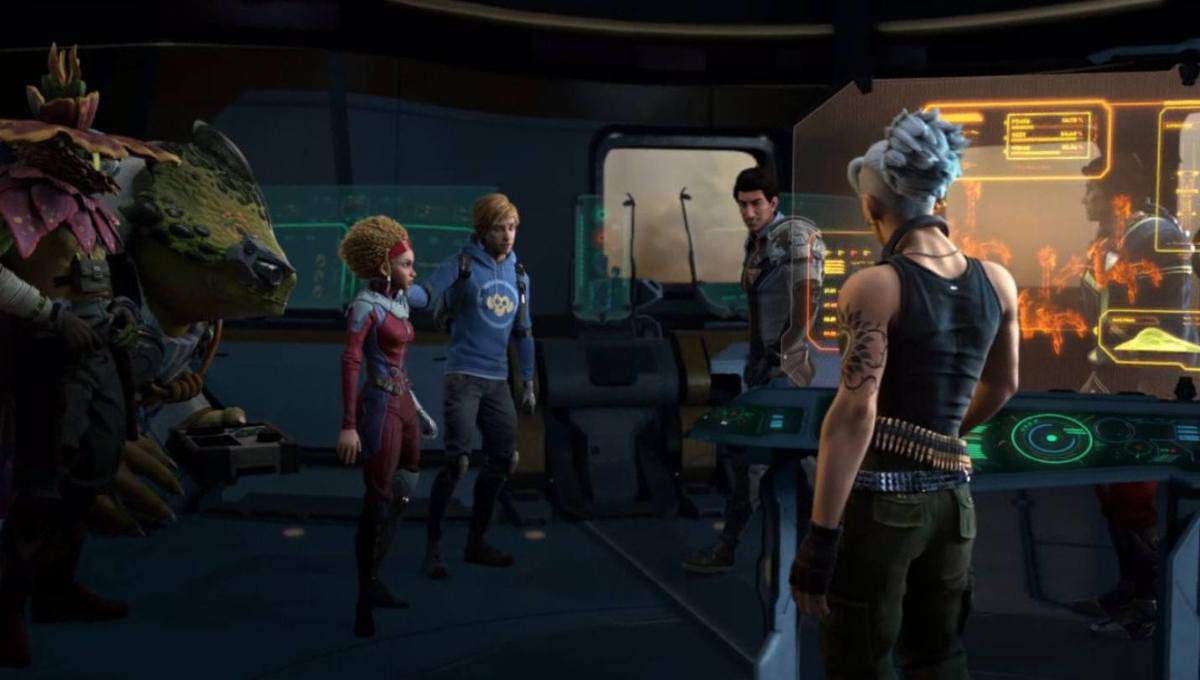
In terms of playtime, the main story is somewhere around 8 to 9 hours. If you take into account the Starfox missions, the side missions and exploring the planet fully, it extends to approximately 15 hours. Personally, I would want it to be bigger but the experience overall lacked a few basic elements that I wouldn’t want to see extended in 20 or more hours. We’ll talk about those in a bit.
Let’s move to gameplay. In Starlink: Battle for Atlas you get to choose and fully customize your own spacecraft. You basically choose the pilot, body, wings, and weapons for it but nothing is final since you can mix and match them instantly through the Loadout menu. Different enemies can be countered by different weapons so keep in mind that you have to tweak your weapons if you see that an enemy is resistant to the ones you already have. While this is a cool feature to have and it’s exciting to switch weapons in the first couple of hours, you might soon find yourself use the homing rocket launchers, just as I did myself.
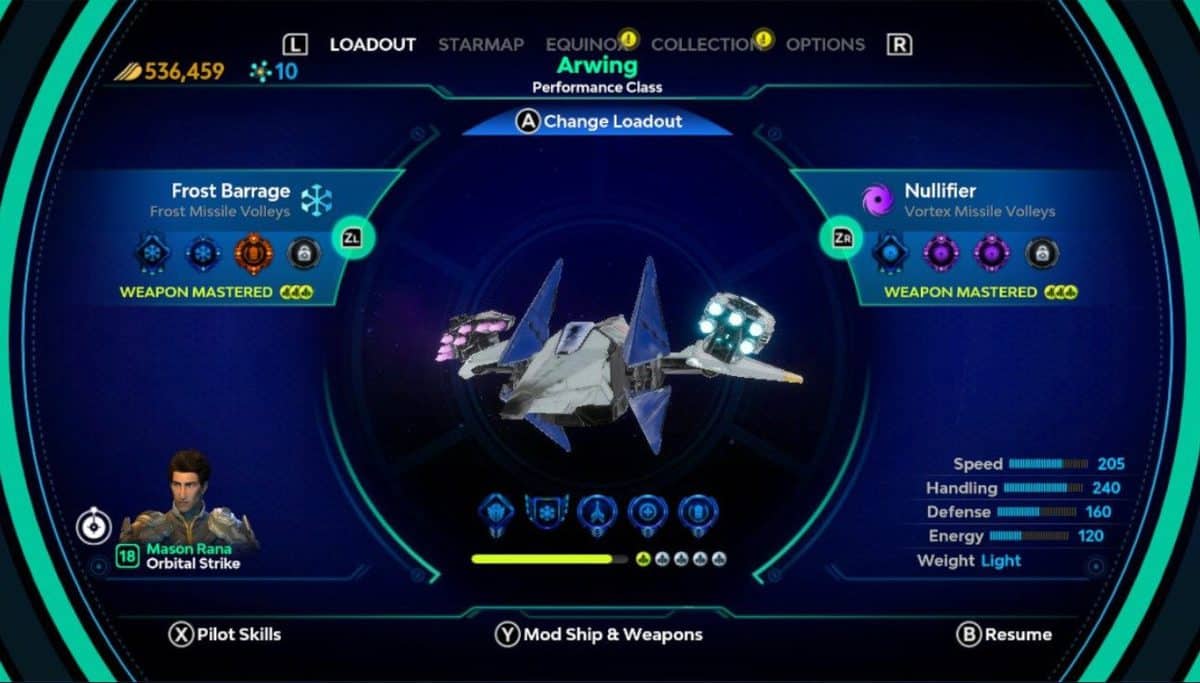
Customization isn’t only optical though, there are mods that you can equip onto your weapons and spacecraft, skills for your pilot to learn, and upgrades for your ship. All these make the game great but unexplainably difficult for players to figure out.
Battles, however, are pretty straightforward. You see the enemies, you shoot them and potentially switch weapons somewhere along the lines to match the enemies’ element weaknesses. All the fighting though isn’t without a cause.
In Starlink: Battle for Atlas, you have an Alliance system which lets you check what percentage of each planet you faction has and which is occupied by the enemies. You’ll have to clear old facilities from enemies, destroy extractors, ancient towers with special puzzles for you to solve and more. Checking the alliance status and trying to push the enemies back from the planet will be your main objective through the game and is an addicting feature, to say the least. While playtesting for this Starlink: Battle for Atlas review, I found myself tackling the same planets several times just to see at what rate it gets taken back by the Legion.
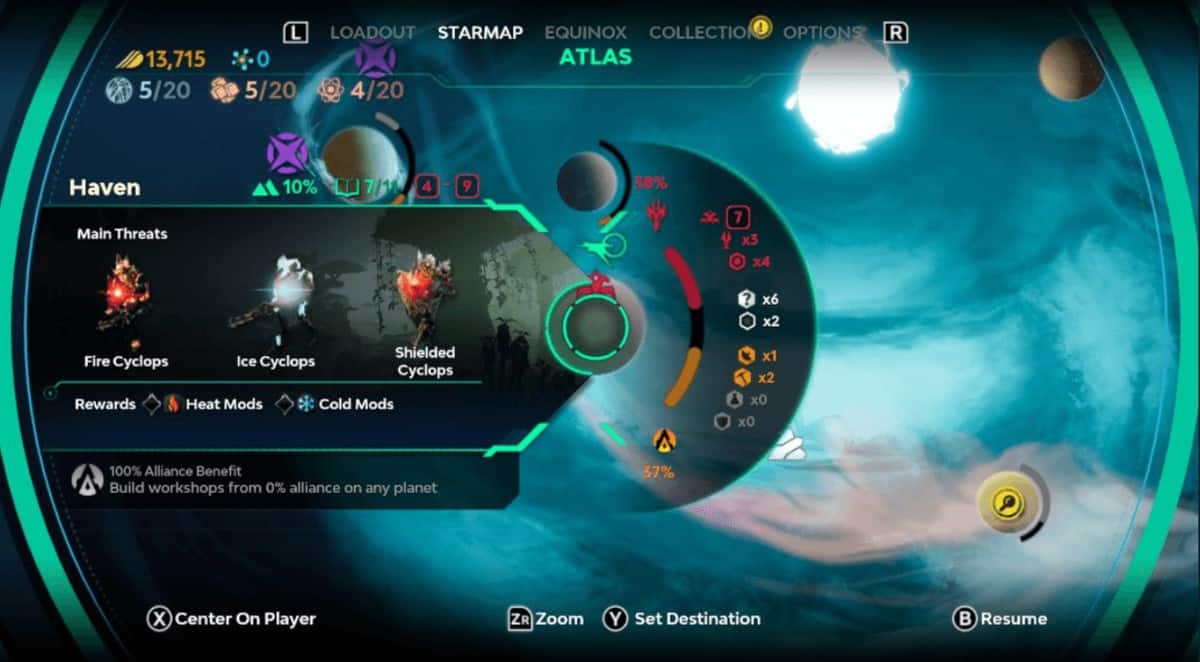
Apart from fighting and freeing facilities, you can also mine for minerals, scan fauna on each planet and build your own facilities. These come in 4 different types: observatories that can extend visibility on the planet, refineries that can provide you with credit from time to time, workshops where you can craft mods for your ship and weapons and armories that can protect the planets while you are away. After building them, you can upgrade them, finish quests and deliver items to them to strengthen your alliance with them.
Fun in Starlink is compromised when you start taking the aforementioned system too seriously. Clearing up the whole planet doesn’t have an actual impact since it can be taken back at any moment. Additionally, the activities are repetitive so there’s no reason for grinding. That’s my main negative point for this Starlink: Battle for Atlas review. Activities are repetitive and enemies are only a handful of different models. However, since the game is super fun I can forgive that due to the fact that it is a game running on a handheld console, and it runs perfectly.
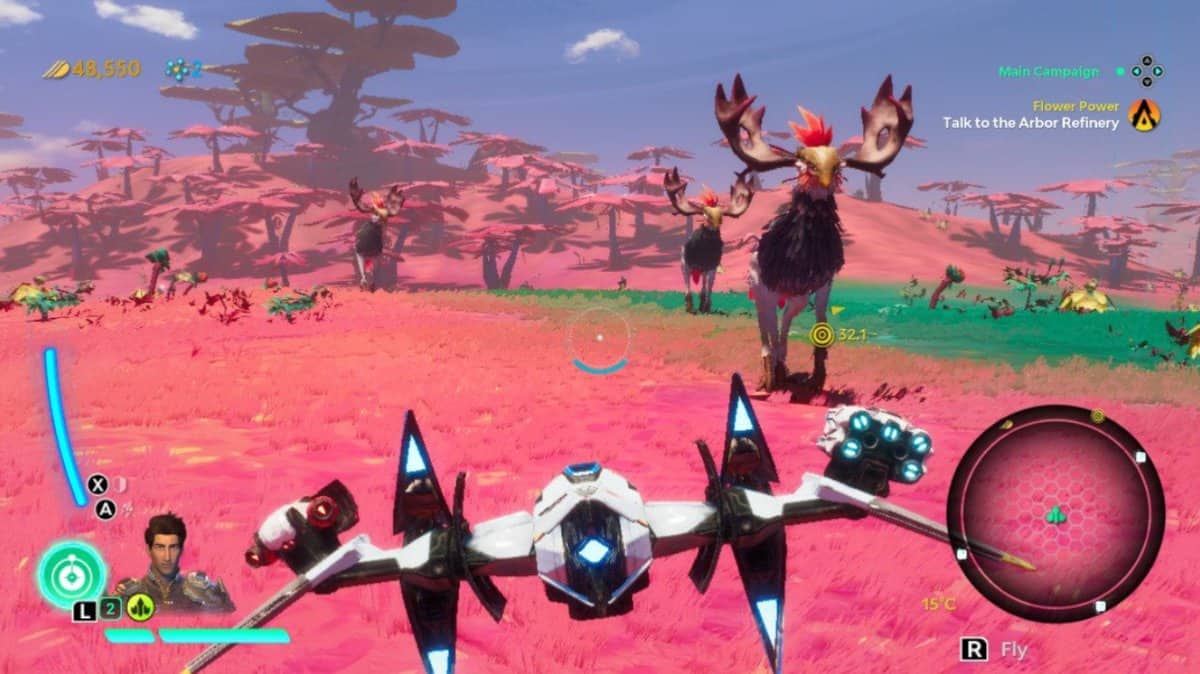
After the end of the main campaign, which took me about 10 hours to complete, I moved on to the Starfox missions. Sadly, those quests were about an hours long. However, I really enjoyed the fact that the developers took the extra time to “dress” the missions with music appropriate to Starfox and bring back characters that we haven’t seen in a decade. For the purposes of the Starlink: Battle for Atlas review, I tackled all those missions right after the end of the main campaign and I was sad to find out that it’s only 3 quests.
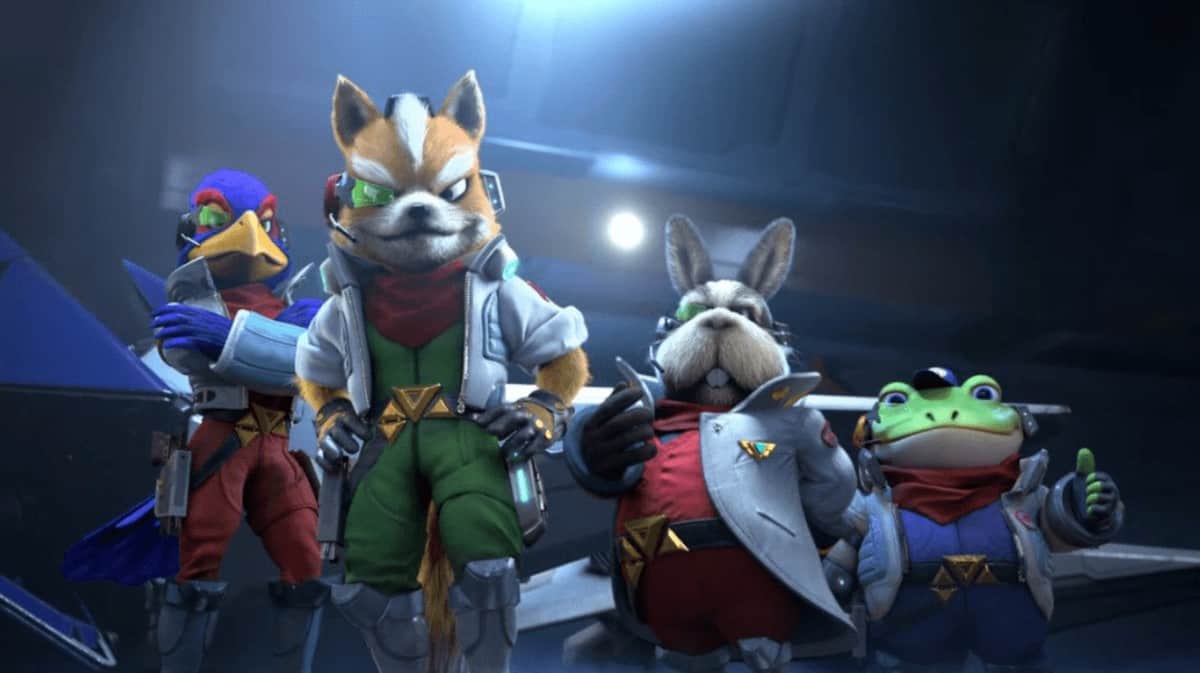
Overall, Starlink: Battle for Atlas is a great game, developed with love and passion. Sure, it doesn’t have a robust set of activities and you’ll spend most time jumping from planet to planet, mining, scanning fauna and liberating outposts but in the end, I wasn’t disappointed. I wasn’t able to test out the toys-to-life for the Starlink: Battle for Atlas review to let you know how they’re holding up but that another adventure you can explore for yourself since it is already included in the starter pack for all consoles.
The game sure deserves expansions to continue the story and I’ll be happy to go back to it as soon as there are more activities to take on. On Nintendo Switch, the game is a must buy. Given the nature of the console, seeing a game with such graphics fidelity and depth is a breath of fresh air and is sure worth the try. We hope we have covered everything you want to know in this Starlink: Battle for Atlas review and good luck saving the galaxy!
